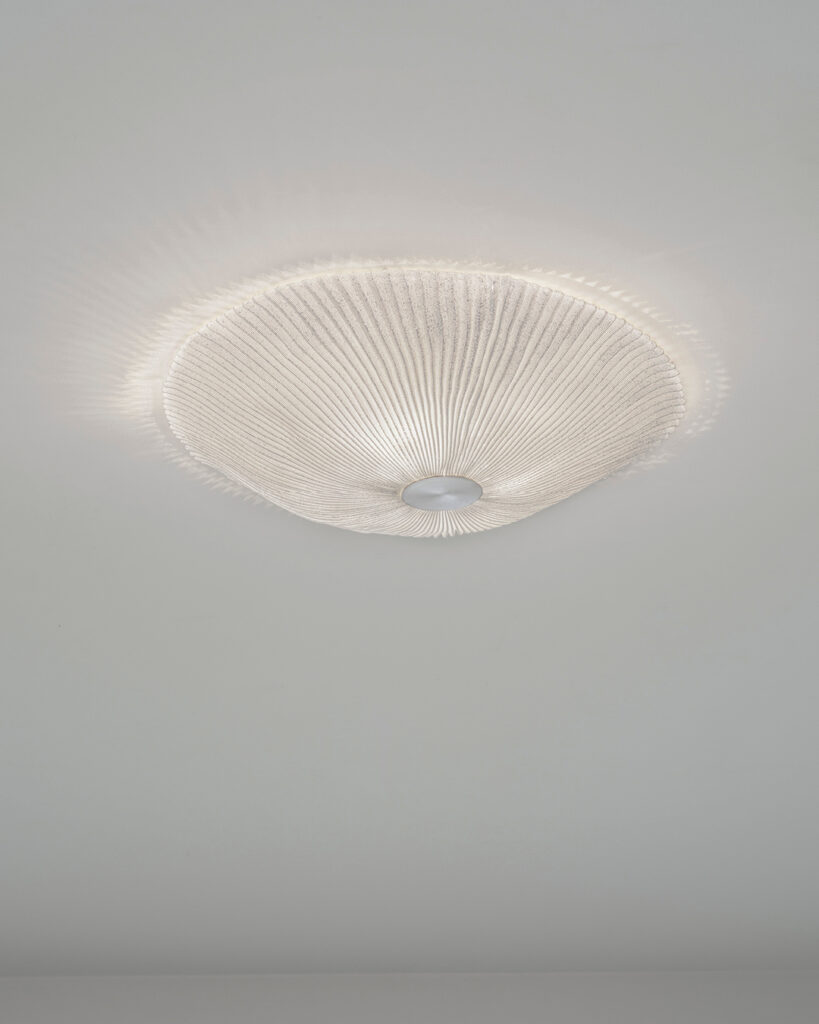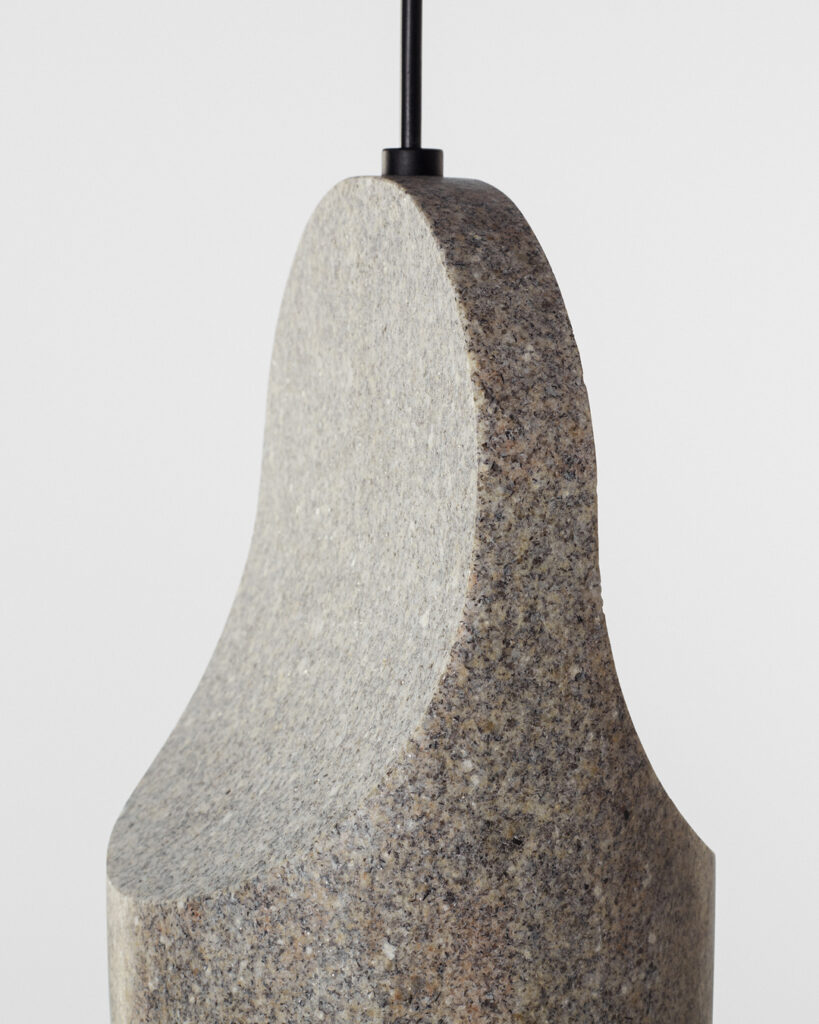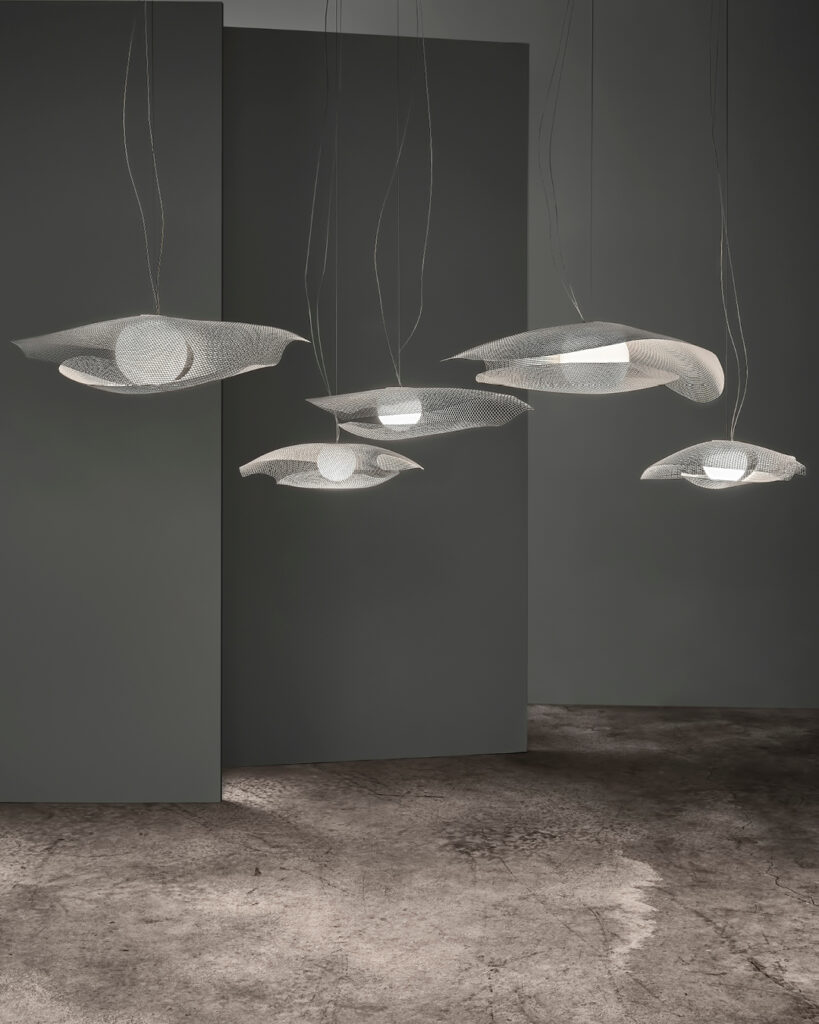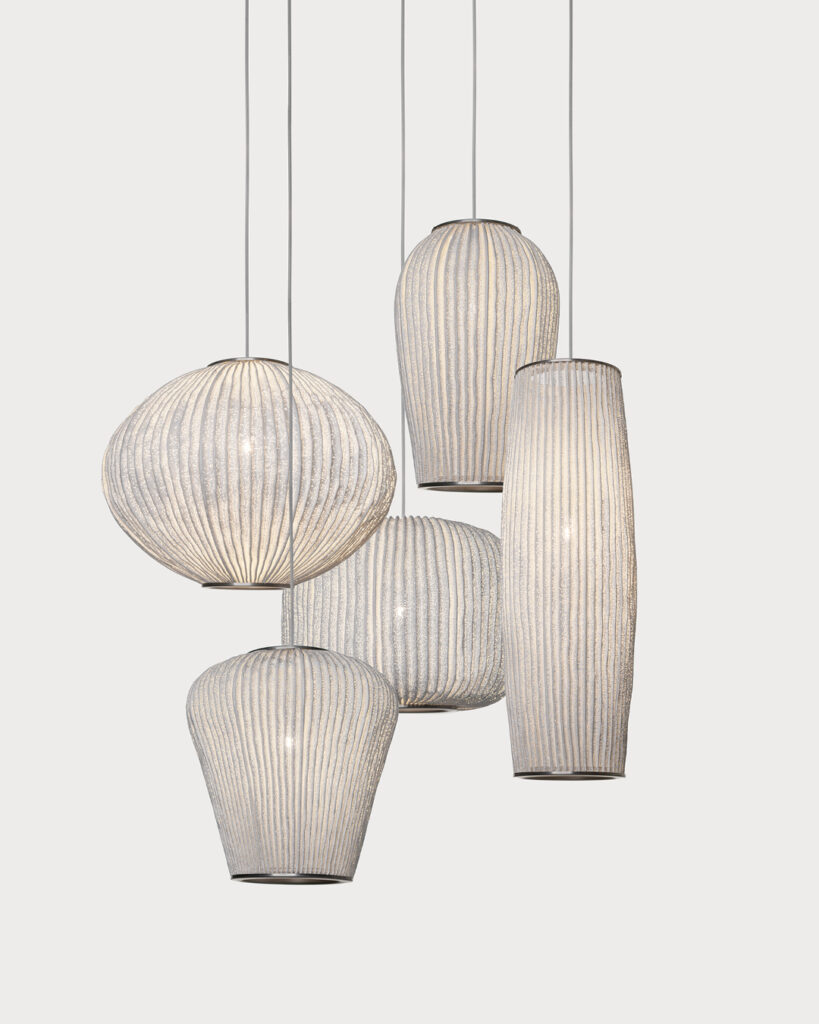From the natural to the rational: a·emotional light and the architectural dialogue.
Le Corbusier said that ‘the house must be the case of life, the machine of happiness’. In this respect, we formulate our lamps as pencils in such a case, as beautiful and functional compasses that are part of a whole: the universe that makes up the daily life of the anthropos.
At a·emotional light, we understand that the essence of a good luminaire lies precisely in its ability to connect with its surroundings, to camouflage itself within the case. That is why the connection between our luminaires and the natural world is one of the pillars of our designs. Inspired by nature, we create lamps that evoke the tranquillity and balance of the environment that surrounds us: textures that remind us of our land, shapes that flow like the branches of a tree or the horizon line. Each piece seeks to resonate with the essence of the organic, returning to the spaces a sense of authenticity and rootedness to the natural. Just as in nature, where forms vary and coexist in harmony, our lamps are designed with materials and lines that proceed to dialogue with diverse environments, regardless of whether it is a rustic space or an urban context.

On the other hand, this natural inspiration is not just a question of aesthetics. The a·emotional light lamps are also born out of respect for the balance and functionality that the architectural traces of nature represent. A key element in this approach is the choice of materials and the way in which they match different environments. In our designs, materials such as granite or painted stainless steel mesh evoke this duality between the elemental and the worked, recalling how nature itself uses basic elements to achieve complex and sustainable ecosystems.

Organic architecture and architectural rationalism.
Our organic approach also translates into a conversation between two elemental architectural currents: organic architecture and rationalism. The former, driven by the idea of designing in tune with the environment, advocates buildings that blend into their natural context, where the line between the built and the organic is blurred. Inspired by this principle, at a·emotional light we seek to create pieces that do not dominate the space, but rather complement it. Each lamp is a tribute to irregular shapes and to the sense of calm that nature provokes, like a small autonomous landscape that illuminates and accompanies without imposing itself.
On the other hand, rationalism in architecture upholds a theory strongly anchored in geometry, symmetry and functional purpose. Efficiency as a starting point and as a final objective, avoiding any superfluous ornamentation. In this sense, rationalism represents the precision and organisation of human society: concepts that also resonate in some of our collections. Meticulously designed, each a·emotional light luminaire is conceived to fulfil a clear purpose, without sacrificing its aesthetic identity.

Harmony in contradiction
The interplay between the natural and the rational has been a recurring theme in design and architecture for centuries. For this reason, our work refers to the interaction between different currents of thought – from Frank Lloyd Wright to the precepts of the Bauhaus, the International Style or Galician naturalism. In this way, in the contradiction, in the opposite, we find an engine to promote the integration of our pieces in the landscape, but without ceasing to highlight the human imprint that breathes life into the content of a·emotional light.
By integrating these two visions, a·emotional light is not only creating collections of luminaires, but also experiences that invite us to reflect on the environment around us. While nature and rationalism may seem like opposites, we find in both precepts fundamental values upon which to build our project. In nature, we find inspiration and serenity; in rationalism, clarity and functionality. Thus, each of a·emotional light’s pieces manage to unite these principles, creating a relationship of balance and respect between the design and the space it illuminates. This dialogue between the natural and the rational allows our luminaires to be a source of light and symbols of a design that adapts and coexists, harmonising the contradiction between aesthetics and function.
